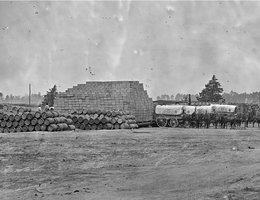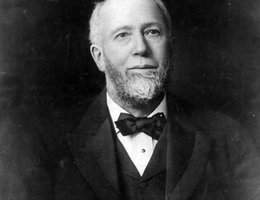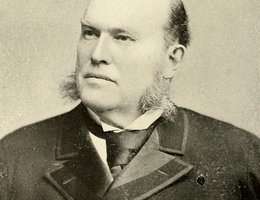

Because of the Civil War, two things happened that created the American beef industry:
The Union had a huge army that needed food. To meet this demand,
innovative butchers in Chicago with names like Gustavus Swift and P. D.
Armour acquired large buildings, hired every butcher they could find,
and bought every head of livestock in the region that was available to
them.
These two meat-processing businessmen created what they
called "disassembly plants." A steer would enter the plant, be
slaughtered, processed, and emerge at the end canned or packed in
barrels. This meat was then sold to the government to feed the army.

When the war ended, Texans, as with other Southern states, returned to find their state’s economy in ruins. But during the War, the cattle on the Texas plains continued to breed and multiply. So at the end of the Civil War, there were cattle in the south and a demand for them in the north.
